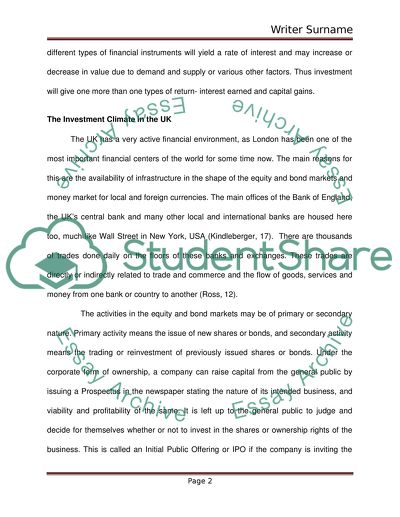Cite this document
(“Investment in single company shares and gilts Coursework”, n.d.)
Retrieved from https://studentshare.org/finance-accounting/1420937-investment-in-single-company-shares-and-gilts
Retrieved from https://studentshare.org/finance-accounting/1420937-investment-in-single-company-shares-and-gilts
(Investment in Single Company Shares and Gilts Coursework)
https://studentshare.org/finance-accounting/1420937-investment-in-single-company-shares-and-gilts.
https://studentshare.org/finance-accounting/1420937-investment-in-single-company-shares-and-gilts.
“Investment in Single Company Shares and Gilts Coursework”, n.d. https://studentshare.org/finance-accounting/1420937-investment-in-single-company-shares-and-gilts.


